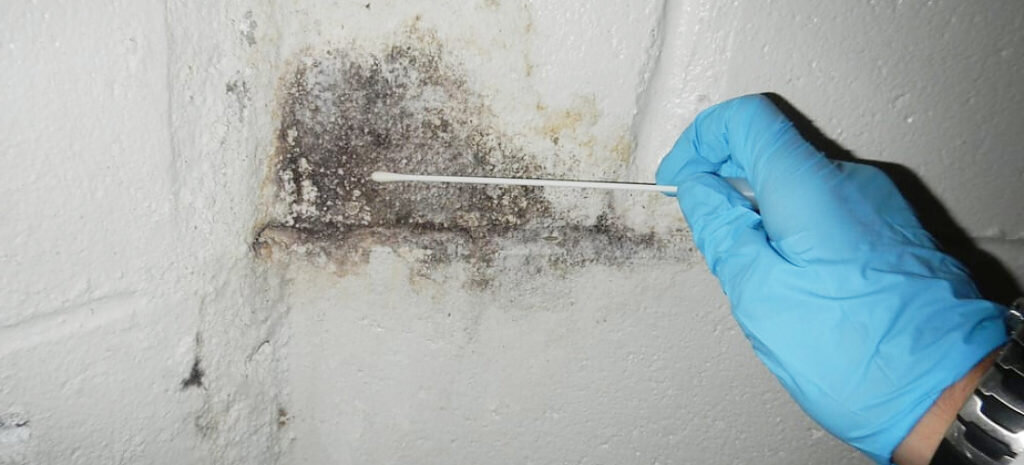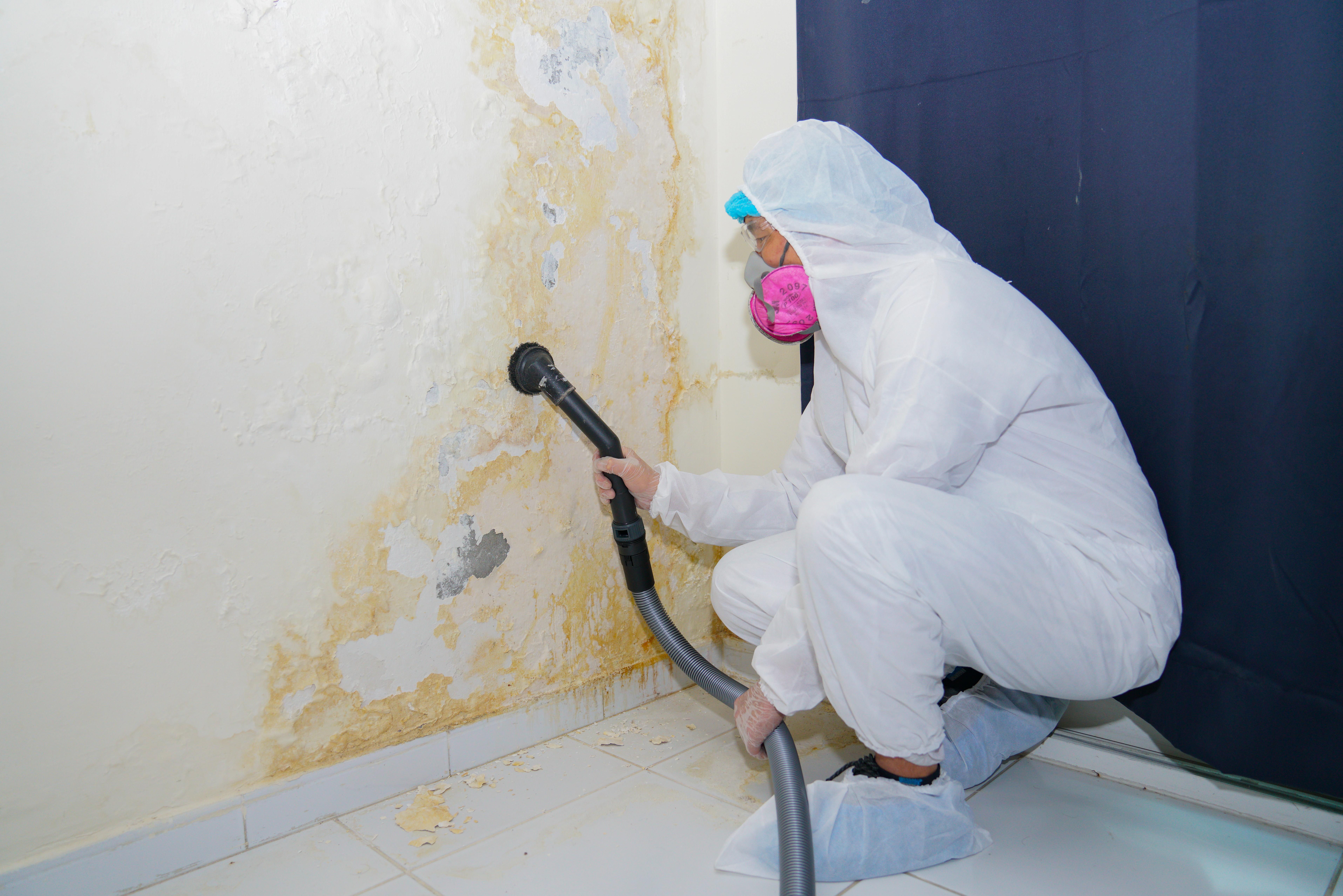Your Ultimate Overview to Article Mold And Mildew Remediation Methods
Browsing the world of post-mold removal techniques is a precise process that requires attention to information and a comprehensive understanding of the details involved. In the after-effects of mold and mildew problem, knowing how to effectively get rid of the mold and avoid its reoccurrence is extremely important for keeping a healthy and balanced indoor atmosphere. From choosing the best cleansing and disinfecting approaches to carrying out approaches for lasting mold and mildew prevention, each action in the removal trip plays a crucial function in making sure a successful result. As we start this expedition of post-mold remediation techniques, we will certainly uncover the crucial methods and finest methods that can help you restore your area to its pre-mold condition and guard it versus future mold and mildew hazards.
Understanding Post-Mold Removal Process
After completing the mold removal process, it is crucial to understand the post-mold removal techniques that are needed to make certain a thorough and effective cleanup. Once the mold and mildew has been gotten rid of, the next action involves cleaning and sanitizing the impacted locations to stop any type of regrowth of mold.
Moreover, performing a last assessment post-remediation is essential to ensure that all mold has actually been successfully gotten rid of. This inspection needs to entail an extensive aesthetic check along with perhaps air tasting to verify the absence of mold spores airborne. Additional removal may be required if the inspection exposes any type of remaining mold and mildew. Last but not least, enlightening residents on safety nets such as regulating wetness degrees and quickly resolving any water leakages can help maintain a mold-free setting.
Reliable Cleansing and Sanitizing Methods

Preventing Future Mold And Mildew Development

Importance of Appropriate Ventilation
Correct ventilation plays a critical function in avoiding wetness build-up, a crucial consider mold growth within indoor atmospheres. Effective air flow systems aid eliminate excess moisture from the air, reducing the chances of mold spores discovering the wetness they need to sprout and spread. Without ample air flow, interior areas can become a reproduction ground for mold, bring about prospective health risks and architectural damages.
By guaranteeing correct air flow, air flow systems can also aid in drying out wet locations faster after water damages or flooding events, further hindering mold and mildew growth. After mold remediation. Precede like washrooms, attics, kitchen areas, and basements where dampness degrees tend to be higher, installing and maintaining reliable air flow systems is critical in avoiding mold and mildew problems

Surveillance and Maintenance Tips
Given the important function that proper air flow plays in protecting against mold development, it is vital to develop efficient tracking and maintenance suggestions to ensure the continued performance of air flow systems. Tracking humidity levels within the residential or commercial property is also crucial, as high moisture can contribute to mold growth. By staying alert and aggressive to the problem of ventilation systems, residential property proprietors can properly reduce the risk of mold and important site mildew regrowth and preserve a healthy and balanced indoor setting.
Final Thought
Finally, post-mold remediation techniques are vital for making certain a risk-free and clean atmosphere. Understanding the process, carrying out effective cleansing and decontaminating techniques, preventing future mold development, maintaining appropriate air flow, and normal tracking are all critical steps in the remediation process. By complying with these standards, you can successfully remove mold and avoid its return, functioning or promoting a healthy and balanced living room for all passengers.
In the after-effects of mold problem, understanding image source how to properly get rid of the mold and stop its reoccurrence is extremely important for keeping a healthy and balanced interior atmosphere. When the mold has been removed, the following action involves cleaning and disinfecting the impacted areas to prevent any type of regrowth of mold - After mold remediation. After getting rid of visible mold growth, it is vital to clean up all surface areas in the damaged location to remove any type of continuing to be mold and mildew spores. To additionally improve mold and mildew avoidance steps, it is vital to resolve underlying problems that originally led to mold development.Given the vital role that proper ventilation plays in avoiding mold and mildew growth, it is crucial to establish efficient tracking and upkeep ideas to make sure the ongoing functionality of ventilation systems
Comments on “Making Sure Post Remediation Verification Precision”